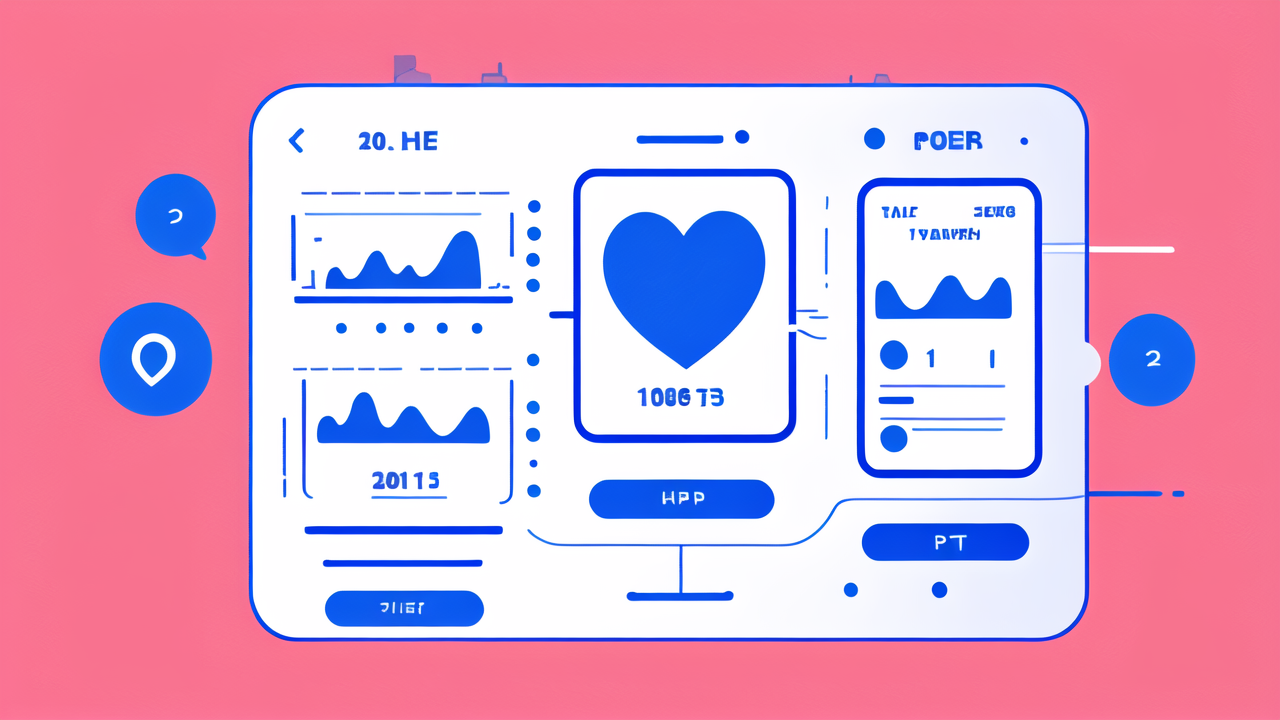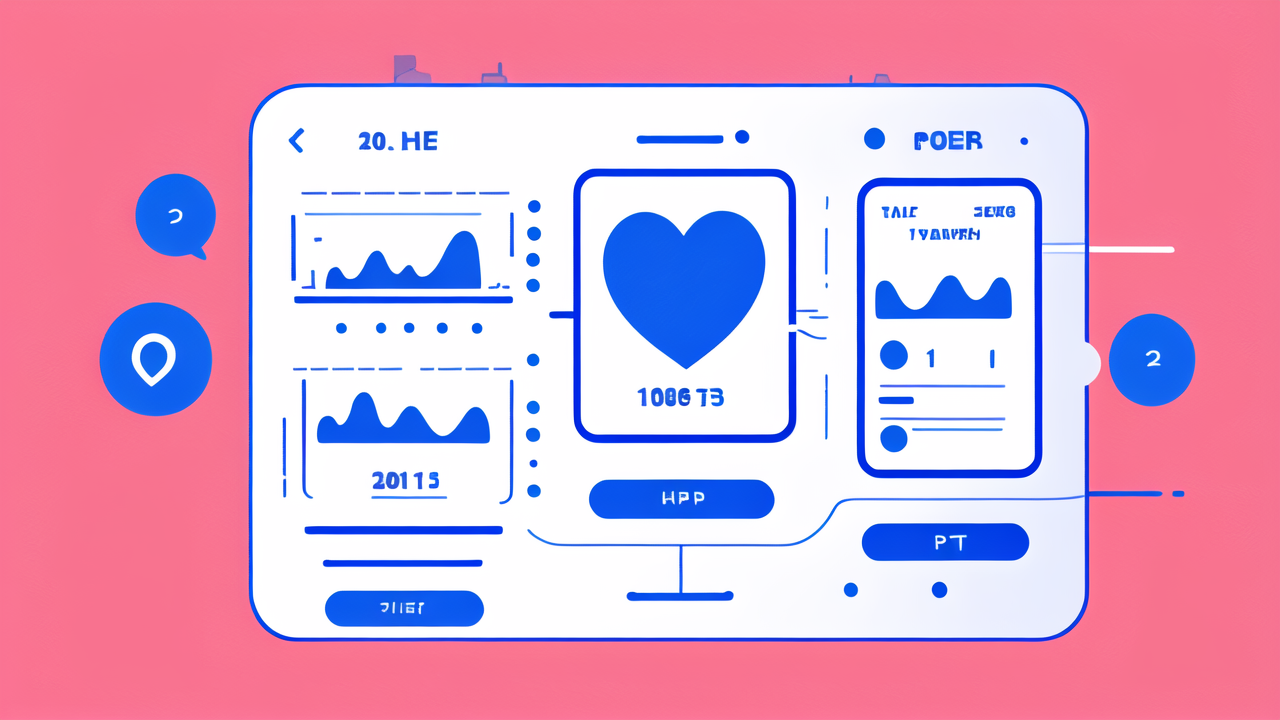Introduction to Pulse Watch Technology
Understanding the Mechanism of a Pulse Watch
Pulse watches use optical sensors to detect blood flow in the wrist. They shine LED light into the skin and measure the reflected light. As blood flows, it absorbs more light, creating a pattern. This pattern is analyzed to calculate heart rate and rhythm.

Most modern pulse watches use photoplethysmography (PPG) technology. It's a non-invasive method that detects blood volume changes in the microvascular bed of tissue. The watch's processor then interprets this data to provide real-time heart rate information.
Some advanced models also include electrocardiogram (ECG) capabilities. These can detect electrical signals from the heart, offering more detailed insights into heart health.
The Evolution of Pulse Watches in the Health Industry
Pulse watches have come a long way since their inception. Early models were bulky and inaccurate. They could only provide basic heart rate data during exercise.
In the 1980s, wireless heart rate monitors became popular among athletes. These used chest straps to measure heart rate and send data to a wrist unit.
The real revolution came with the advent of optical heart rate sensors. This allowed for continuous heart rate monitoring without a chest strap. The first optical heart rate watch was introduced in 2012.
Since then, pulse watches have evolved rapidly. They now offer features like sleep tracking, stress monitoring, and even blood oxygen level measurement. This evolution has transformed them from simple fitness tools to comprehensive health monitors.
Analyzing the Benefits of Pulse Watches
Advantages of Wearing a Pulse Watch
Pulse watches offer numerous benefits for health-conscious individuals. They provide continuous heart rate monitoring, allowing users to track their cardiovascular health throughout the day. This real-time data helps in understanding how different activities affect heart rate.

These devices also offer insights into overall fitness levels. They can calculate VO2 max, a measure of aerobic fitness. Many models provide personalized workout recommendations based on heart rate data.
Pulse watches often include sleep tracking features. They monitor heart rate during sleep to provide information on sleep quality and duration. This can help users improve their sleep habits and overall well-being.
Advanced models can detect irregular heart rhythms. This feature can potentially alert users to serious conditions like atrial fibrillation. Early detection of such issues can be life-saving.
How Pulse Watches Improve Daily Health Routines
Pulse watches have become integral to many people's daily health routines. They encourage regular physical activity by setting and tracking fitness goals. Users can monitor their progress and stay motivated.
These devices often include reminders to move. This feature helps combat the negative effects of prolonged sitting. It promotes a more active lifestyle throughout the day.
Many pulse watches offer stress monitoring features. They use heart rate variability to detect stress levels. This can help users identify stressful situations and practice relaxation techniques.
Some models provide guided breathing exercises. These can help users manage stress and anxiety in real-time. By following the watch's prompts, users can lower their heart rate and reduce stress.
The Role of Pulse Watches in Preventative Healthcare
Pulse watches play a significant role in preventative healthcare. They provide users with continuous health data, enabling early detection of potential issues. This can lead to timely interventions and better health outcomes.
These devices can help identify patterns in heart rate and activity levels. Unusual changes might indicate underlying health problems. Users can share this data with their healthcare providers for more informed discussions.
Many pulse watches offer features like menstrual cycle tracking. This can help women monitor their reproductive health more effectively. It also aids in family planning and detecting potential hormonal issues.
Some advanced models can detect falls. This feature is particularly useful for elderly users. It can automatically alert emergency services if a fall is detected, potentially saving lives.
Implementing Pulse Watch Technology in the United States
Regulatory Considerations for Pulse Watch Manufacturers
In the US, pulse watches are regulated by the FDA as medical devices. Manufacturers must comply with strict guidelines to ensure accuracy and safety. This includes rigorous testing and validation of heart rate monitoring features.

For watches with ECG capabilities, additional approval is required. These devices must demonstrate their ability to accurately detect atrial fibrillation. The approval process involves clinical trials and extensive data analysis.
Privacy is another key consideration. Manufacturers must ensure that users' health data is protected. They need to comply with HIPAA regulations when handling sensitive health information.
There are also regulations around marketing claims. Manufacturers must be careful not to overstate the capabilities of their devices. Claims about medical diagnoses or treatment are strictly regulated.
The Impact of Pulse Watches on Healthcare Systems
Pulse watches are changing how healthcare is delivered in the US. They provide a wealth of data that can inform clinical decisions. Doctors can use this information to get a more complete picture of a patient's health.
These devices are particularly useful in managing chronic conditions. Patients with heart disease or diabetes can use pulse watches to monitor their health at home. This can reduce the need for frequent hospital visits.
Pulse watches are also being used in clinical trials. They provide researchers with continuous, real-world data. This can lead to more accurate results and faster drug development.
Insurance companies are taking note of pulse watch data. Some are offering incentives to users who maintain healthy activity levels. This could lead to more personalized insurance plans based on individual health data.
Future Outlook: Trends and Innovations in Pulse Watch Technology
The future of pulse watch technology looks promising. We can expect to see even more advanced health monitoring features. Blood pressure monitoring without a cuff is one area of active research.
Artificial intelligence will play a bigger role in interpreting health data. This could lead to more accurate predictions of health events. AI could also provide more personalized health recommendations.
Integration with other health technologies is another trend. Pulse watches may soon communicate directly with implanted medical devices. This could improve the management of conditions like diabetes or heart disease.
We may also see pulse watches become more specialized. Different models could cater to specific health conditions or demographics. This could lead to more targeted and effective health monitoring.




Leave a comment
This site is protected by hCaptcha and the hCaptcha Privacy Policy and Terms of Service apply.